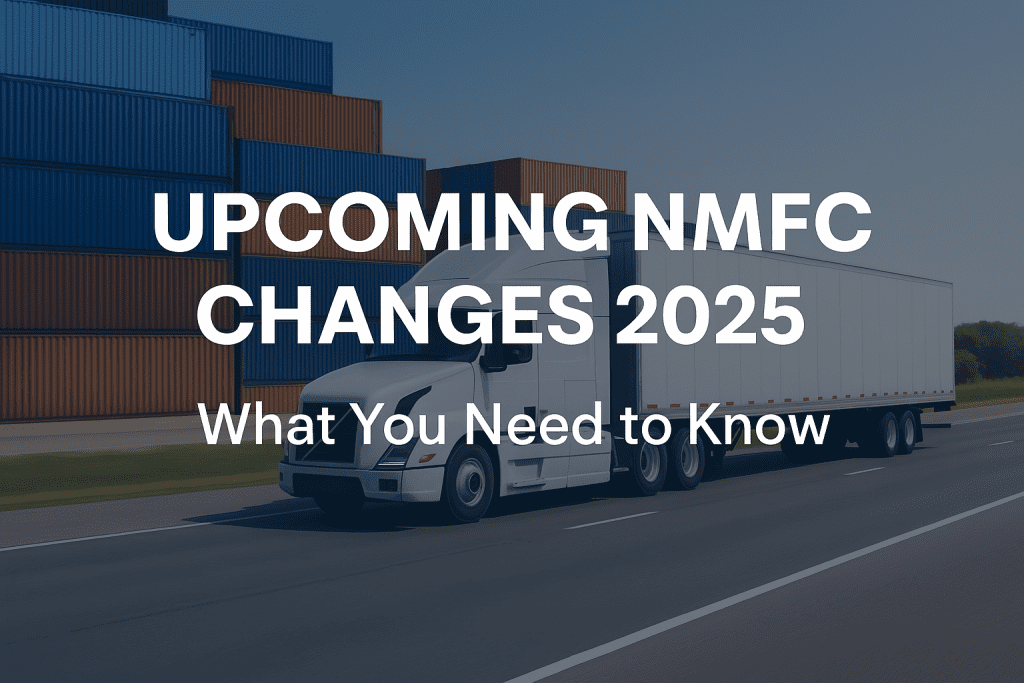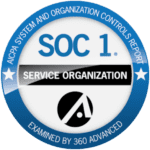Upcoming NMFC Changes: What You Need to Know
The National Motor Freight Traffic Association (NMFTA) has announced significant revisions to the National Motor Freight Classification (NMFC) system, set to take effect on July 19, 2025. These changes aim to simplify freight classification, enhance user experience, and increase efficiency for carriers, shippers, and third-party logistics providers (3PLs).
Key Changes
1. Standardized Density Scale
A single density-based scale will be introduced for less-than-truckload (LTL) freight that doesn't present handling, stowability, or liability issues. This approach is expected to improve pricing precision by aligning freight classes more closely with actual shipment characteristics. (Source)
2. Unique Identifiers for Complex Freight
Freight requiring special handling, stowability, or liability considerations will receive unique identifiers, allowing clearer communication between shippers and carriers. (Source)
3. Modernized Commodity Listings
Over 5,000 commodity listings will be streamlined, including revisions to 156 generic group headings such as “Food Stuff” and “Machine Parts.” (Source)
4. Enhanced ClassIT® Tool
The NMFTA’s online classification platform will receive usability upgrades, making it easier to apply the new system. (Source)
How Will This Impact Freight Spend?
The transition to a density-based classification system is likely to shift freight spend — but the direction will depend on your current shipping profile:
- Lightweight, high-volume goods: Shippers may see freight costs increase, as density becomes a more central pricing factor.
- Dense, compact freight: Shippers could benefit from lower or more predictable rates under the simplified system.
- Misclassified freight: Harder to "game," leading to more accurate — but potentially higher — invoicing for some.
Ultimately, the goal is a fairer and more consistent pricing model, but businesses should audit current freight classifications and run simulations to see how their spend may shift.
Benefits of the Changes
- Simplification: A cleaner, more transparent classification system.
- Efficiency: Fewer misclassifications, reducing rework and disputes.
- Enhanced Communication: Unique IDs and fewer generic listings mean clearer expectations for all parties.
🚚 How to Prepare
- Stay Informed: Monitor NMFTA updates as the implementation date approaches. You can view public NMFTA docket files here.
- Attend Listening Sessions: NMFTA is hosting stakeholder events to explain the changes and gather feedback. (Session Info)
- Review Your Data: Identify freight likely to be reclassified under the new system.
- Update Systems: Ensure your TMS and internal classification workflows are aligned with the changes.
By taking action now, shippers and logistics teams can optimize freight strategy, prepare for any potential cost shifts, and make the most of a more streamlined freight classification system.




